Orthopedic Problems & Treatment
One of the most interesting things about the human body is how everything is interconnected. Rarely is an ankle problem just an ankle problem. Most often there are issues up or down the chain that are influencing what is happening in a painful area. Sometimes a local pain is just that, but that is typically the case in acute injuries. Very often we see patients that come in with one primary complaint, and an evaluation reveals another area that is either the chief culprit or a victim of the primary issue. Most of us will have back pain at some point in our lives, up to 80% of us in fact. One study showed that 95% of women who presented to PT with lumbopelvic pain had pelvic floor dysfunction. There is also a huge connection between jaw and neck issues and pelvic problems. There may also be connections between problems in the foot and ankle complex and pelvic floor dysfunction or between the shoulder and the neck. Using a holistic approach and a full movement assessment is the way to identify these related issues and truly solve them, getting you feeling your best. Our approach to orthopedic issues can often alleviate recurrent pain, as corresponding issues are identified and treated.
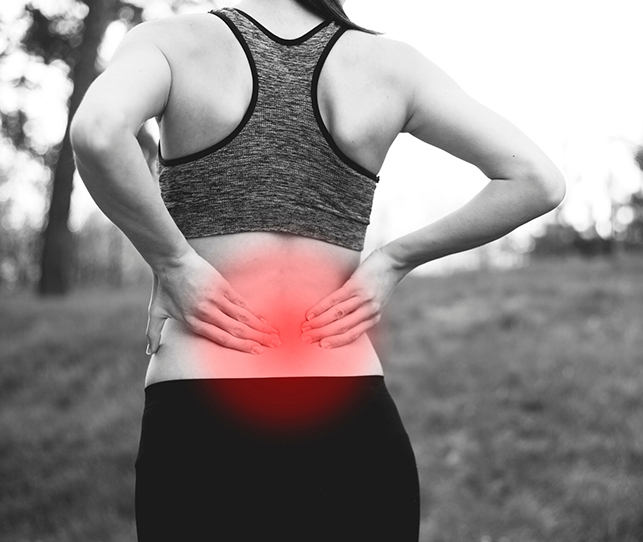
Low Back Pain
Low back pain is experienced by at least 80% of people at some point in their lives. It ranges from slightly annoying to debilitating and is a common problem. The majority of cases do not require imaging or a visit to a physician, and a thorough physical therapy evaluation can help determine the root of the problem. Research tells us that seeing a PT first is the most helpful strategy. Then, an effective treatment strategy can be implemented for eliminating pain, restoring function, and preventing a recurrence.
Typically we find that certain muscles are irritable and pain is reduced when we restore the muscles to a happy, functional state. Sometimes you may have an alignment issue with your sacroiliac joints, pelvis, lower back joints, or even your hips or your upper back that are causing low back stress.
Common causes of low back pain:
- An acute injury (i.e. twisting, reaching, lifting)
- Faulty posture
- Chronic overuse/overload of back muscles
- Alignment issues that lead to low back stress
- Muscle dysfunction in another region causing low back stress
Treatment of low back pain may include:
- Joint and/or soft tissue mobilization
- Postural retraining
- Dry needling
- Stretching
- Core strengthening
- Functional training
- Specialized exercises
- Breathing, biomechanical, and sometimes pelvic floor assessments
Back pain tends to recur once you experience it. How can you prevent that? By having a comprehensive assessment of all relevant structures to make sure the root cause is found. Fully regaining strength and mobility is very important.
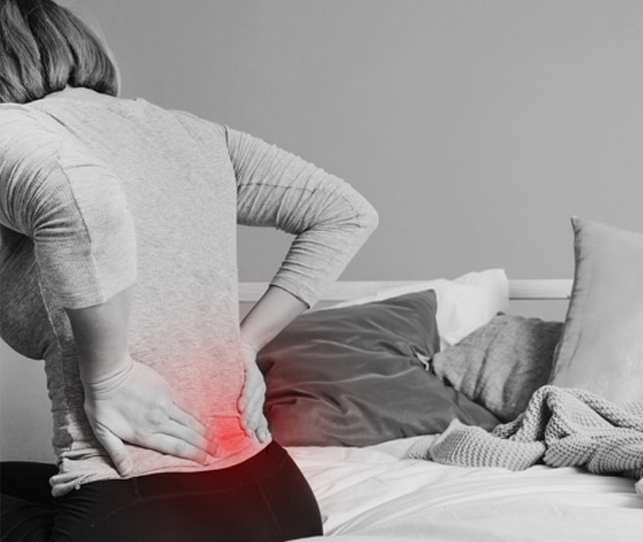
SI Pain
Sacroiliac joint pain is another very common, and treatable orthopedic condition. Often mistaken for low back pain, it may occur due to hyper or hypomobile joints between the sacrum and pelvis. Because of the referral pattern, patients often assume they have a nerve or disc problem. Fully evaluating the low back, pelvic, and hip regions are crucial in determining the cause of pain. Dysfunction at the SIJ may even be related to the upper back, or to the hips, knees, or feet. The pain may be localized or may refer down the leg. Physical therapy is the best and most effective treatment for the vast majority of patients with SIJ pain.
Treatment may include:
- joint mobilization
- soft tissue mobilization (very specific massage techniques)
- dry needling
- stretching
- strengthening
- postural retraining
- biomechanical assessment
- core strengthening
- breathing retraining
- functional training
- specialized exercises
In women with SI pain, it is sometimes necessary to assess pelvic floor function, as these muscles are closely related to core function and SIJ function. Sometimes immediate relief is experienced with the right manual therapy techniques, and sometimes more visits are required for longer-standing issues. Developing good strength and function around the area goes a long way towards preventing recurrence, and I speak from experience on this one.
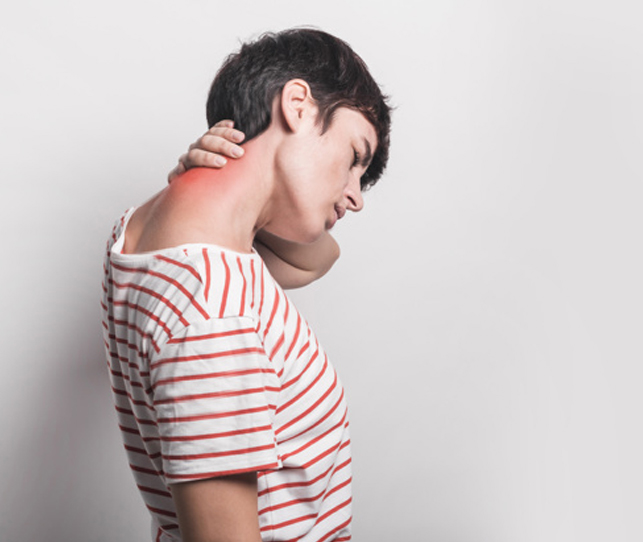
Neck Pain
Neck pain is another very common orthopedic issue that can be successfully addressed by physical therapy. It can occur due to an issue with the cervical spine, cervical muscles, or it can be referred from other structures such as the jaw or shoulder. It can occur due to sleeping posture, overuse of your upper breathing muscles during high times of stress, or due to faulty postural mechanics among many other reasons. Neck pain is often multifactorial and requires an individualized approach to evaluation and treatment. An evaluation will include assessment of your posture, breathing mechanics, flexibility, motor control, biomechanics, strength, surrounding joints and structures, and more.
Effective treatment will be individual but may include:
- joint mobilization
- soft tissue mobilization (very specific massage techniques)
- dry needling
- stretching
- strengthening
- postural retraining
- biomechanical assessment
- core strengthening
- breathing retraining
- functional training
- specialized exercises
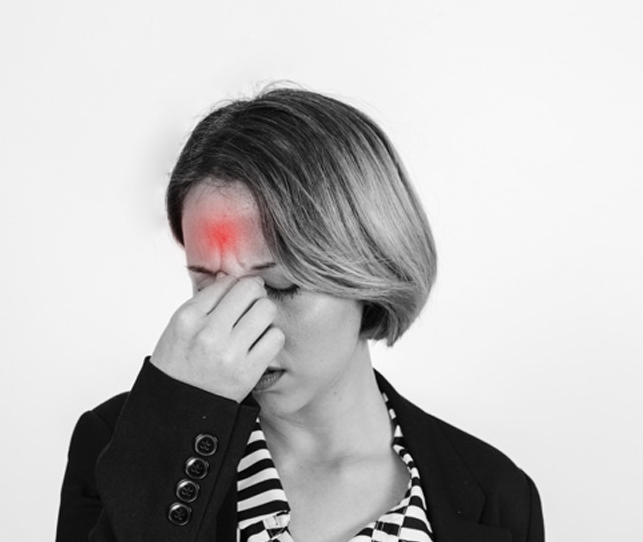
Headaches
Headaches are very common and are often caused by more than one thing, sometimes by orthopedic issues. Root causes can be:
- hydration level
- dietary triggers
- lack of sleep
- autoimmune issues
- infection
- genetic predisposition
- muscle tension
Trigger points (knots or tight bands) in certain muscles like neck, shoulder, and jaw muscles cause pain in the forehead, temples, and back of head. Tension headaches and migraines are two of the main types of headaches. Both can be improved with physical therapy. Postural factors and trigger points can be treated resulting in sometimes immediate improvement, while sometimes more visits are required depending on the length of time the headaches have been a problem. Patients typically experience relief in the severity and frequency of headaches when PT addresses underlying orthopedic issues, even when there are other medical issues contributing.
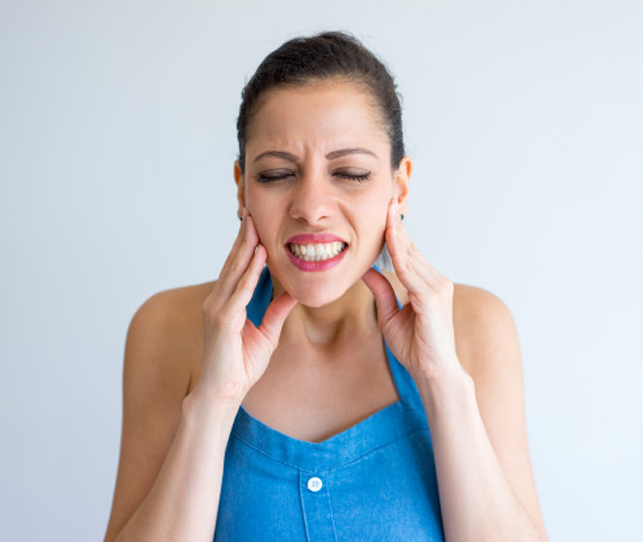
TMJ Dysfunction
Physical therapy is an important part of a comprehensive plan to address orthopedic issues that cause temporomandibular joint pain. TMJ dysfunction can cause jaw pain, jaw clicking, difficulty chewing, difficulty opening or closing the jaw, tooth pain, chronic headaches, earaches, ear ringing, ear pressure, and referred pain to the face or neck. Having experienced this issue 2 decades ago, and receiving care and learning from top experts in the field, our therapists bring a high level of empathy and experience to patients with this issue.
Treatment may include:
- postural retraining
- muscle release techniques
- retraining jaw mechanics
- dry needling
- joint mobilization
- specialized exercises
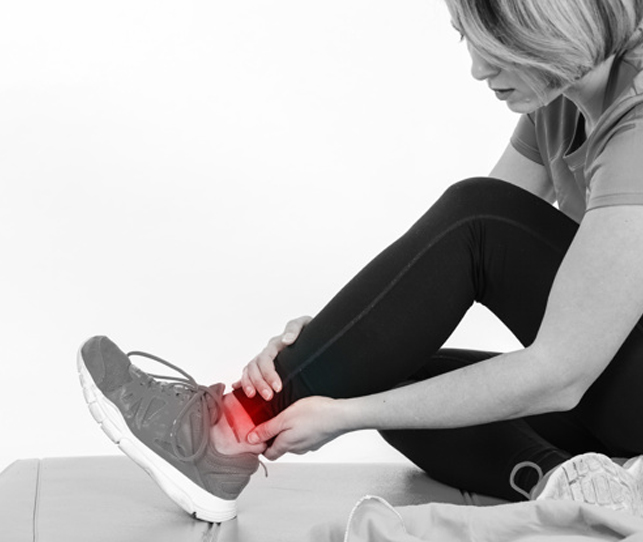
Sprains & Strains
Often seeing a physical therapist for sprains and strains is much better than just rest. Yes, the RICE method (rest, ice, compression, elevation) is great for the first 24-48 hours, but PT can help to assess for an injury that might need imaging, recommend proper bracing, and teach swelling massage and taping techniques as well as gentle movements that will have you feeling more comfortable and get you back to normal faster. It is also important to minimize compensatory posture and movement that occurs as a result of an injury that can lead to issues down the road. A great example of this is a patient who walked with a limp after a toe problem, and a year later was having trouble with his squat form and hip control.
Sprains (injury to muscles or tendons) and strains (injury to ligaments) are very common orthopedic conditions and range from very mild to very severe. These injuries might occur due to an acute injury such as a fall or twist or may occur due to overuse/overload (which can be acute or chronic). Addressing any muscle pain or issues such as trigger points can help immensely with the healing process. Dry needling can be very helpful with muscle or tendon problems. Joint mobilizations can help with alignment and function. Scar tissue can quickly build up in muscles, tendons, or ligaments, and using specialized scar techniques can help to minimize restriction from scar tissue.
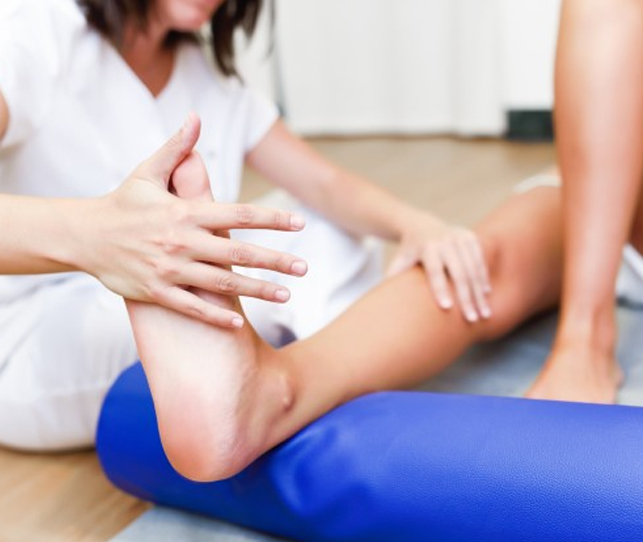
Post Fracture Rehab
Fully regaining strength and mobility after an injury is very important. Sometimes an injury that results in casting or surgery causes compensatory postures and movements that create pain or dysfunction elsewhere. An assessment of your posture and mechanics can identify those issues and make sure that not only the injured area but also your whole system is returned to optimal strength and function. Often patients present with pain or dysfunction in one area of the body that can be traced back to a previous orthopedic injury. An example of this is frequently found with the foot and ankle: a fracture led to stiffness somewhere in the area, and later a problem developed in the knee, hip, or back due to a change in the way the person stood and/or walked. A PT evaluation of the injured area and any compensatory movements that developed is an easy way to fully recuperate and to ward off future issues.
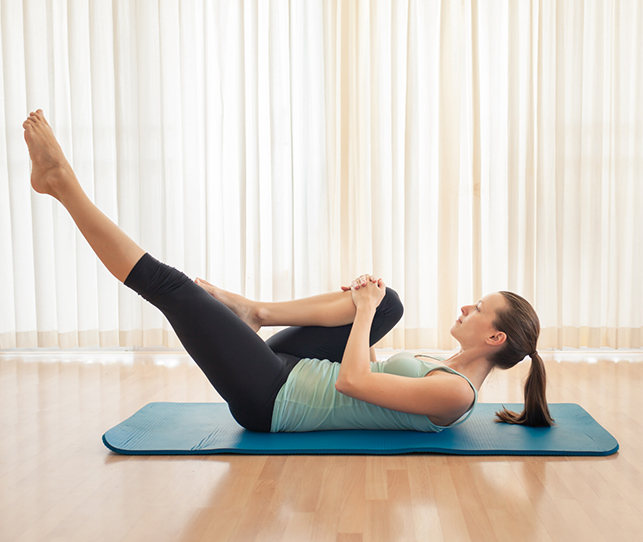
Core Strengthening
This is truly a loaded term. You hear it all over the fitness and rehab industries, and in general, the end goal is the same. However, an in-depth understanding of the whole core and ideal methods of strengthening are often lacking. The core is not just layers of abdominal muscles. It extends from the pelvic floor at the bottom to the voice box (glottis) at the top, and includes the abdominal and back muscles. All of the core muscles have several important functions including managing internal pressures and providing our body with stability for function. A lack of good core function might lead to increased risk of injury during movement, hernias, pelvic organ prolapse, and faulty posture which can cause headache, back pain, stress incontinence, and other issues. Our therapists’ training in the respiratory system, pelvic floor, and motor control have given us expertise in core function and strengthening that often helps our clients achieve better recovery from injury or pain, and achieve higher levels of performance.
